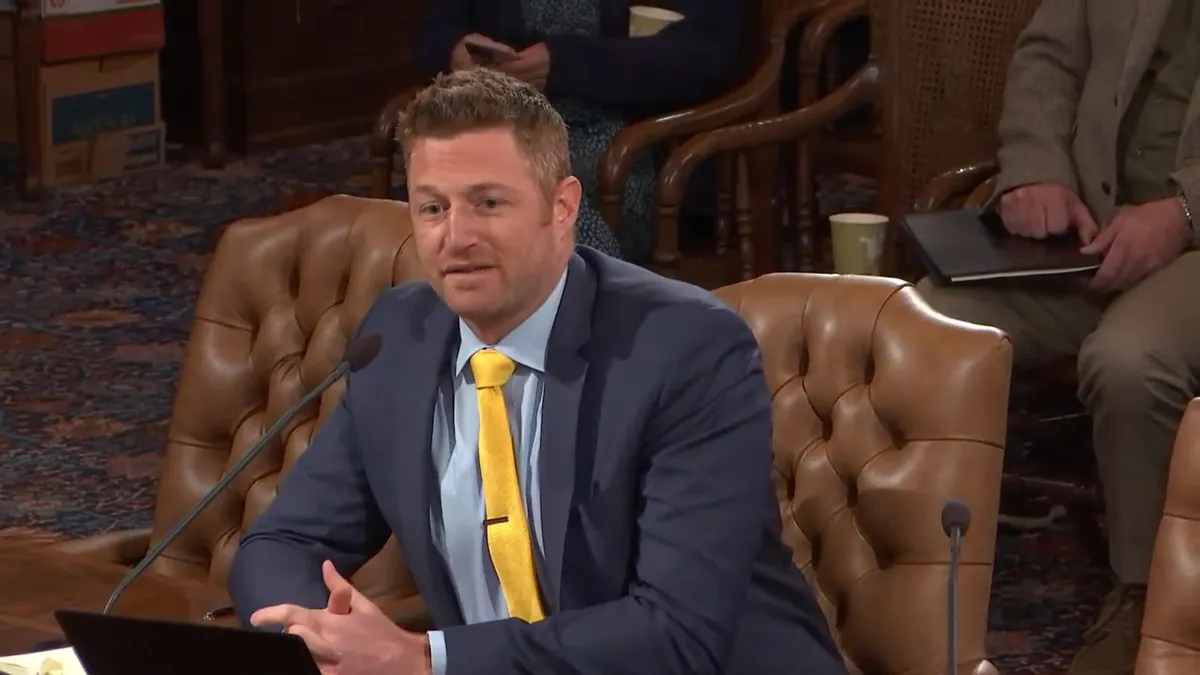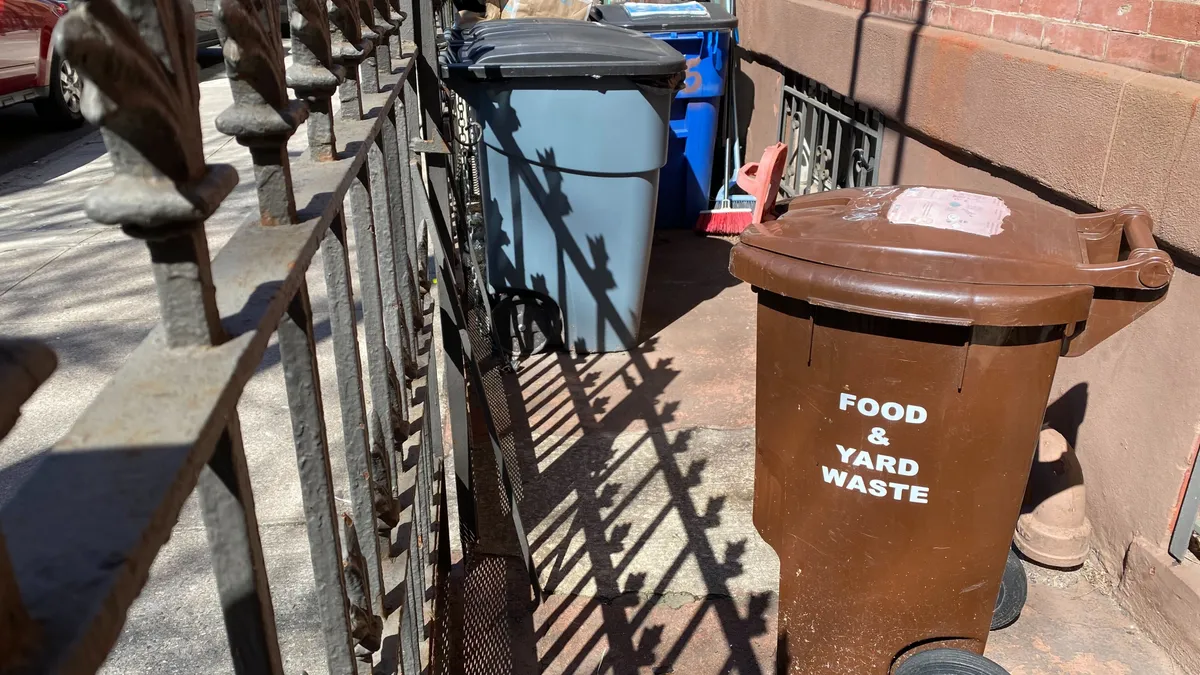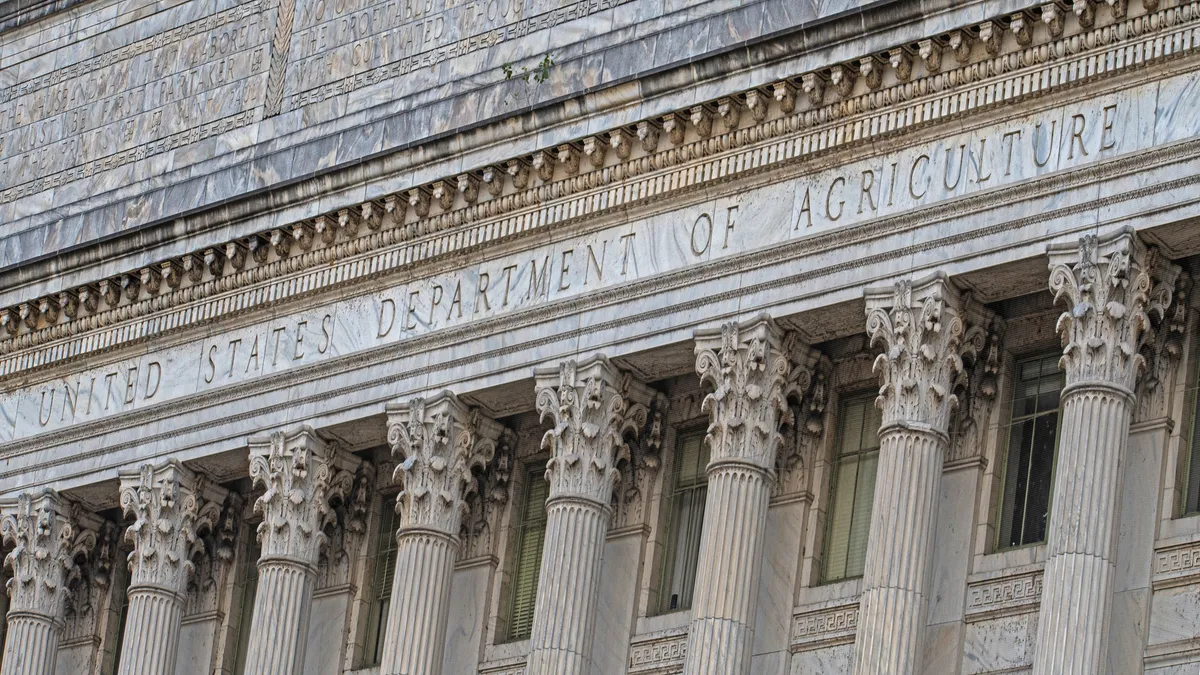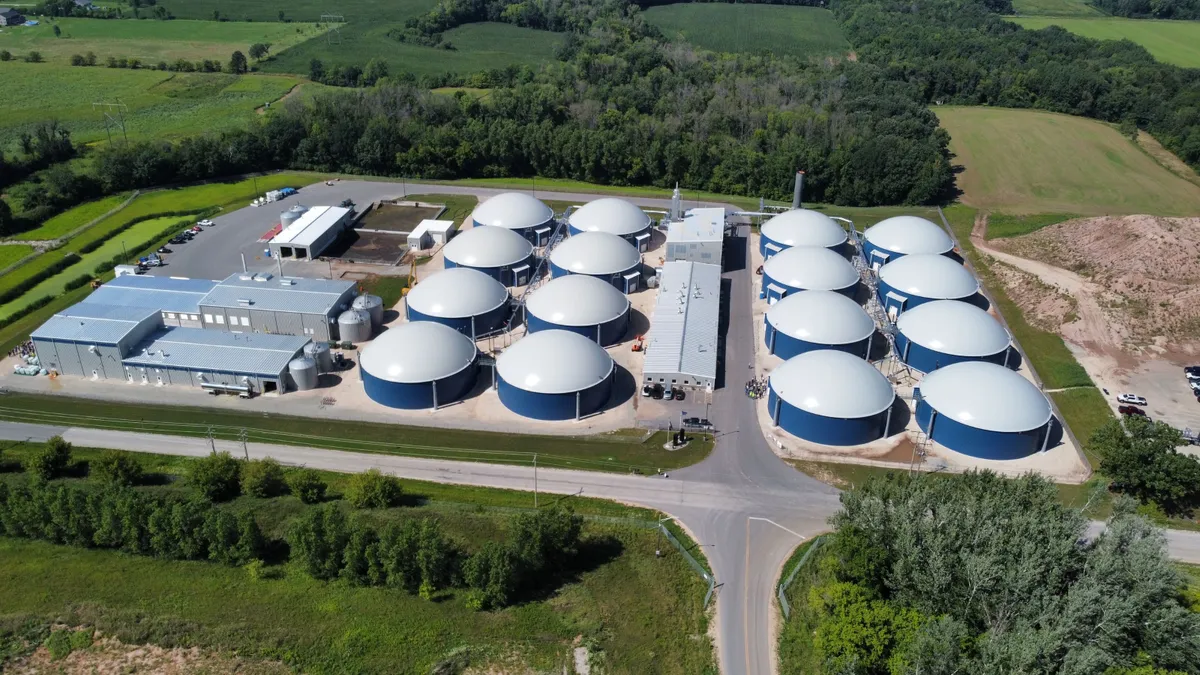The state of Minnesota — home to 3M, a longtime manufacturer of substances in the PFAS category — is stepping up efforts to address harmful environmental effects from these “forever chemicals” in the wake of a legal settlement and a recently enacted ban on using them in products.
The state's actions are informed by its own in-depth research about potential treatment methods and costs for mitigating levels of per- and polyfluoroalkyl substances at waste facilities. But even with a recent influx of funding, the state still faces difficult choices about how and where to prioritize its cleanup efforts.
Minnesota has a long history with the chemicals. In the 1940s, 3M began manufacturing per- and polyfluoroalkyl substances at its Cottage Grove facility. The chemicals, which resist moisture and grease, were used in hundreds of products ranging from popcorn bags to raincoats for decades.They have since been linked to cancer, immune suppression and other serious health issues, while also contaminating soil, aquifers, waterways, landfills and other sites across the “Land of 10,000 Lakes.”
The Minnesota Department of Health estimates that drinking water for more than 140,000 people is fouled by the substances. The agency also found PFAS in the groundwater at 100 of 102 closed landfills tested, and in the groundwater or leachate at all but two active landfills tested. Prior testing of contact water at five compost sites for source-separated organics, and two for yard waste, found at least one type of PFAS at all of them. Since leachate and compost water is often sent to wastewater treatment plants that are not built to remove PFAS, these liquids can end up in drinking water, fish and food supplies, according to MPCA.
In the past few years, Minnesota has seen a flurry of new action to address PFAS, from the legislature to the courthouse. In 2018, the state reached an $850 million settlement with 3M over contamination of water supplies and natural resources in the Twin Cities East Metropolitan Area. The funds, which amount to about $720 million after legal fees and other expenses, are to be used for safe drinking water and natural resource projects.
This past May, in an attempt to stop new PFAS contamination, Gov. Tim Walz signed into law a ban on the sale of products that contain PFAS, from rugs to dental floss, which will take effect in 2025. The same month, the state reached a nearly $1.4 million settlement with a chrome plating facility in St. Louis Park after an investigation linked the plant to PFAS contamination in the Bde Maka Ska lake through stormwater flows. 3M, for its part, has said it will stop making and using the chemicals the same year.
Waste costs and methods
Cleaning up PFAS in the state’s waste streams will be a costly endeavor, according to a report commissioned by the Minnesota Pollution Control Agency and released in June as part of a PFAS Blueprint.
Research found that removing and destroying PFAS in leachate at 24 landfills accepting MSW would cost between $77 million and $160 million over 20 years. The cost to manage it in contact water at an estimated nine compost sites over the same period was $28 million to $60 million, according to the analysis. Purging PFAS from wastewater would come with the highest price tag — between $14 billion and $28 billion over the same period.
The estimates are based on the upgrades to Minnesota’s landfill and wastewater facilities that would be required to treat and destroy PFAS using currently available technologies. Of 50 technologies evaluated for technical feasibility, economic feasibility and how byproducts would need to be managed, the report found that a total of 13 PFAS removal and destruction technologies met the bar for effectiveness when applied to wastewater treatment.
For landfill leachate and compost contact water, which both require methods that can handle high salt and organic content, technologies that made the cut included various types of high-temperature incineration and foam fractionation.
The intent wasn’t so much to recommend particular treatments, but to give policymakers and regulators an idea of the available technologies and the costs involved, said Scott Kyser, an MPCA engineer who co-authored the report. While other states have analyzed different removal technologies, “there's not a lot of public information out there on costs,” he said.
“What it really points us toward is pollution prevention,” Kyser added. “Like we know these costs are high, so that means that we know we can't easily treat these chemicals. So we need to find ways to put less of them into the environment and into our waste streams.”
The analysis can serve as a model for other states, added Adam Olson, a spokesperson for MPCA. “While it was designed for Minnesota, it has value for other states and countries around the world,” he said.
A few weeks before the report’s release, Gov. Walz signed what is considered to be one of the toughest PFAS laws in the U.S. It calls for phasing out PFAS in firefighting foam and prohibits the use of non-essential PFAS in various products beginning in 2025. The measure also earmarks $4 million over two years — 2024 and 2025 — to develop a drinking water protection and PFAS response program. It also allocates $3 million in funding over that period to support continued monitoring of PFAS levels in the East Metro area, which is dealing with some of the greatest contamination, as well as other environmental health risks.
Next steps
Minnesota is also likely to benefit from $2 billion in funding announced by the U.S. EPA in February for purging PFAS from drinking water in rural and disadvantaged communities. But even with the multiple pots of funding, officials expect the state still won’t have enough to clean up all of the PFAS contamination within its borders.
Officials are now developing a strategy for where to focus their efforts. Armed with the new MPCA report, wastewater is emerging as a priority, as well as landfills.
“The exorbitant costs associated with removing PFAS from community wastewater systems underscores the need to address PFAS pollution long before it gets into the waste stream,” said MPCA Commissioner Katrina Kessler in a statement issued upon the release of the agency’s June report. “At no fault of their own, wastewater treatment facilities receive PFAS from a variety of sources and they cannot carry the burden of cleaning up the pollution. We must all focus on preventing PFAS from entering the environment in the first place.”
Matt Simcik, an environmental scientist and engineer at the University of Minnesota who has developed a method for cleaning up PFAS from aquifers, said he supports that strategy. “I think that focusing on landfills and wastewater treatment plants are the best place to start,” he said in an email. “This is the only spot in the flow of PFAS where there is a bottleneck where we can actually affect change.”
But the state is still determining the best way to approach contamination at landfills.
“I would say that that's something we're just starting to figure out,” Kyser said. “We do know that our wastewater plants and our landfills are reliant on each other. The majority of our landfills are county-owned and they discharge their [leachate] to public wastewater treatment plants. So I think that's an issue that we are still trying to wrap our heads around as an agency.”
For now, the most significant action appears to be focused on drinking water, particularly the 14 communities in the East Metro area. Officials are now working with those communities to develop plans to clean up drinking water sources. Among the proposed solutions are new treatment plants, filters for private wells and new municipal hookups. The state is also testing drinking water for residents who request it.
Down the road, the state will need one of two things to happen to conquer PFAS across the state, Simcik said: “They will either need more money, or wait for a more economical way to destroy PFAS.”






















